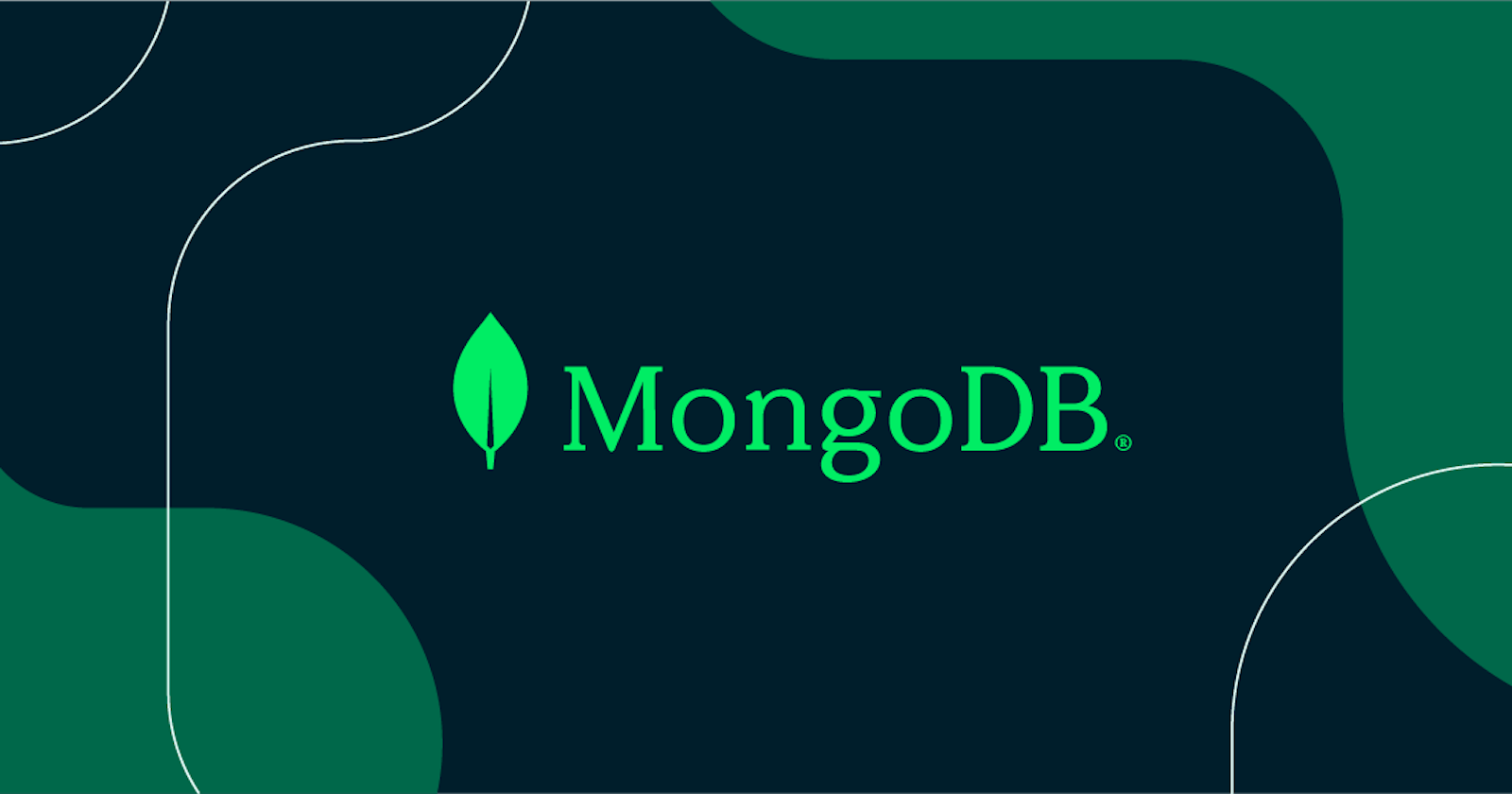Introduction
In today's fast-paced digital world, data management lies at the heart of every successful application. As the volume and complexity of data continue to grow, so does the need for efficient and versatile databases. MongoDB has emerged as a leading player in the NoSQL database realm, offering unparalleled flexibility and scalability. In this blog, we'll dive into the world of MongoDB and explore its main framework, Mongoose, which adds an extra layer of convenience and structure to MongoDB-based applications.
MongoDB: A Brief Overview
MongoDB is a powerful and widely used NoSQL database that employs a document-oriented data model. Unlike traditional relational databases, MongoDB stores data in flexible, JSON-like documents instead of tables with fixed schemas. This approach is particularly beneficial for projects that deal with rapidly changing or unstructured data, as it allows for seamless data evolution and adaptation.
Key features of MongoDB:
Flexible Schema: As mentioned earlier, MongoDB's schema-less design enables developers to work with varying and evolving data structures without the need for constant schema migrations.
Scalability: MongoDB supports horizontal scaling, which means you can distribute data across multiple servers and handle large amounts of data and high traffic loads.
High Performance: With its indexing capabilities and support for replica sets and sharding, MongoDB delivers excellent read and write performance, crucial for demanding applications.
Rich Query Language: MongoDB offers a powerful query language with support for complex queries, filtering, sorting, and aggregation.
Geospatial Capabilities: If your application deals with location data, MongoDB provides geospatial indexing and querying to enable location-based features.
Mongoose: Adding Structure to MongoDB
While MongoDB's flexibility is a tremendous advantage, some projects benefit from a bit more structure and validation. This is where Mongoose comes into play. Mongoose is an Object Data Modeling (ODM) library that provides a higher-level abstraction for working with MongoDB. It essentially acts as a bridge between your application code and the MongoDB database, offering features like schema definition, validation, and more.
Key features of Mongoose:
Schema Definition: With Mongoose, you define a schema that outlines the structure of your documents, including field names, data types, default values, and validation rules. This provides a clear blueprint for your data.
Validation: Mongoose allows you to define validation rules for your data, ensuring that only valid documents are stored in the database. This helps maintain data integrity.
Middleware Support: Mongoose supports middleware functions that can be executed before or after certain database operations. This enables you to perform custom logic such as data transformation, encryption, and more.
Query Building: Mongoose simplifies the process of constructing complex queries using its intuitive API. It also provides features like aggregation pipelines for advanced data manipulation.
Population: One of Mongoose's standout features is population, which enables you to reference documents stored in other collections. This facilitates the creation of relationships between documents.
Plugins: Mongoose supports plugins that allow you to extend its functionality. There are numerous community-contributed plugins available for various use cases.
When to Use MongoDB and Mongoose
MongoDB and Mongoose are a powerful combination, but they might not be the best fit for every project. Here are scenarios where they shine:
Rapid Development: When your project demands quick development and adaptability to changing requirements, MongoDB's flexible schema and Mongoose's schema definition can save valuable time.
Startups and MVPs: MongoDB's horizontal scalability is ideal for startups and minimum viable products (MVPs) that need to handle unpredictable growth.
Unstructured Data: Applications dealing with diverse and evolving data types, such as content management systems or social platforms, can benefit from MongoDB's ability to handle unstructured data.
Prototyping: Mongoose's schema and validation features are valuable during the prototyping phase when defining the data structure is crucial.
Conclusion
MongoDB and Mongoose have redefined the database landscape by offering a flexible, scalable, and developer-friendly approach to data management. MongoDB's document-oriented design suits modern application needs, and Mongoose adds structure and validation for projects requiring a balance between flexibility and control. Whether you're building a fast-paced startup or a content-rich application, MongoDB and Mongoose provide a potent toolkit to manage and harness the power of data.
